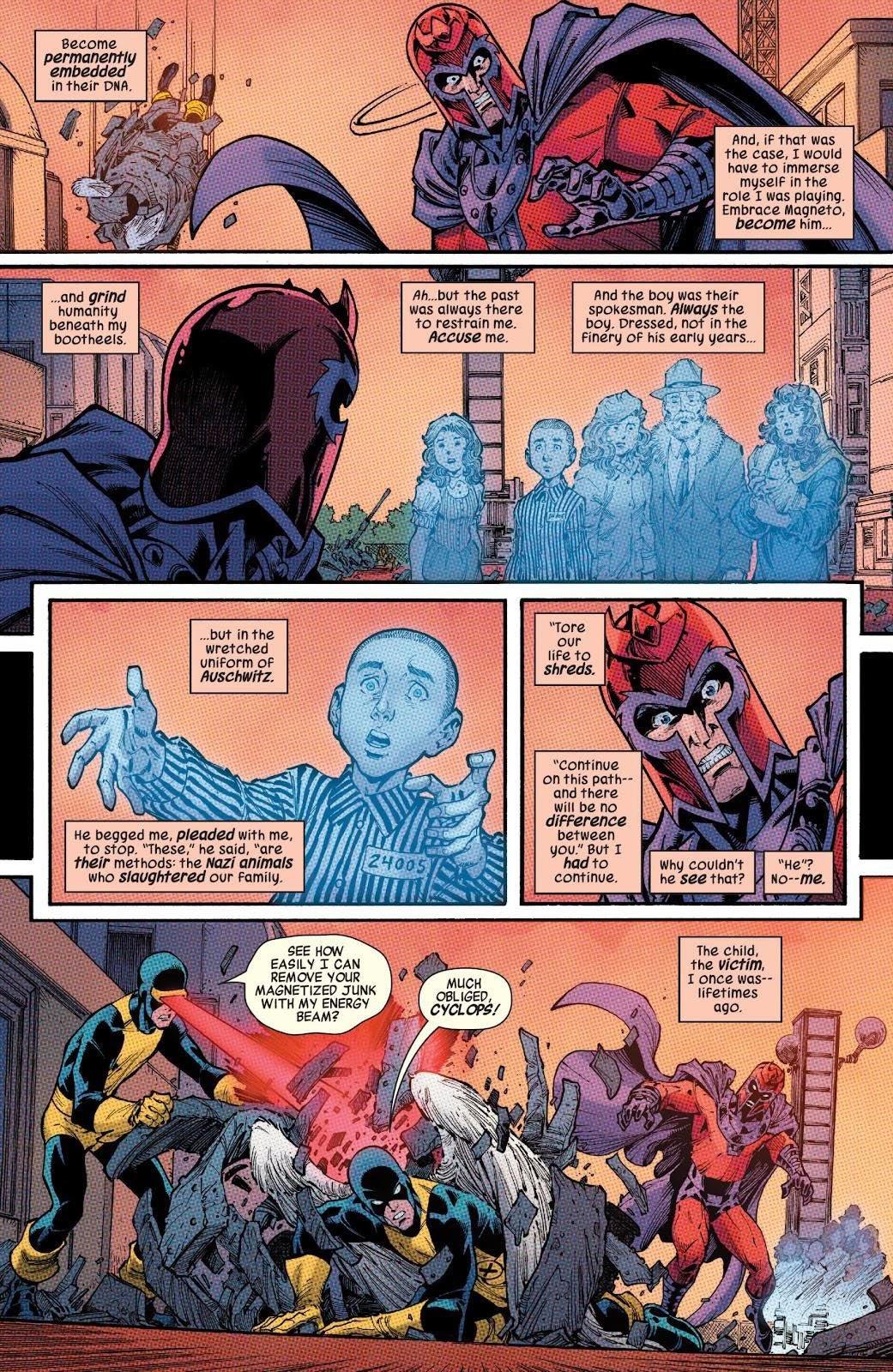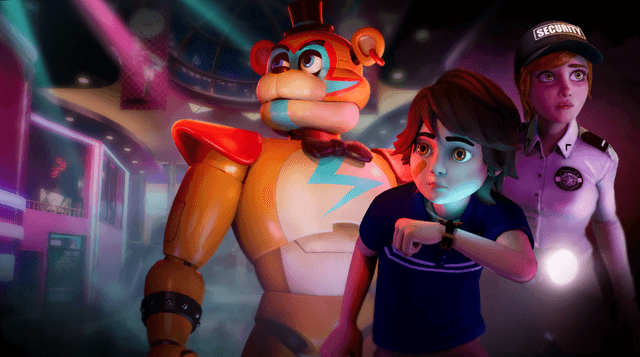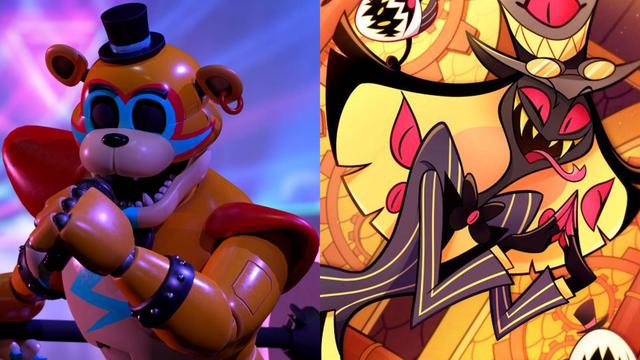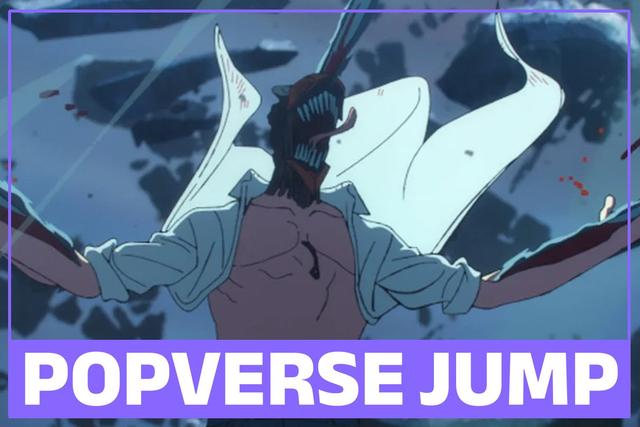If you click on a link and make a purchase we may receive a small commission. Read our editorial policy.
Marvel just made a questionable change to Magneto’s history with the X-Men
Did Magneto try to kill humanity? Well, maybe not - according to Magneto #1

Warning: Spoilers ahead for Magneto #1!

Fans may be surprised to find that Magneto #1 (written by J.M. DeMatteis and penciled by Todd Nauck) rewrites a major piece of Marvel Universe history. The comic is set during the period in the 1980s when Charles Xavier took a leave of absence, leaving his former enemy Magneto in charge of his school for gifted youngsters. At the time, Erik Lehnsherr was working on being a hero and mentor, after spending years as a supervillain.
During the comic, Erik ponders his relationship with the New Mutants, which causes him to reminisce about his earliest encounters with the X-Men. However, Magneto’s recollections seem to rewrite his history with the team. According to Erik’s narration, his over-the-top Magneto persona was meant to give humans a scapegoat to center their hatred for mutants on.
“I knew Charles would send his students to confront me – rising up against their own kind in order to protect the very people who despised them. ‘See,’ the humans would say. ‘They’re not all bad. There are good mutants too. Risking their lives – for us.’ And, over time, the image of our people would change. No longer monsters – but equals,” Magneto recalled.
Even more specifically, Magneto thinks back to his first encounter with the X-Men, as seen in X-Men #1 (1963). “As I left the X-Men to enjoy the very triumph I’d so carefully engineered, I felt pride in them – and hope for the future they embodied. Perhaps, I thought, my plan would work. Perhaps humanity would embrace these new heroes.” This is an interesting take on Erik Lehnsherr, but it’s also a rewriting of history.
Essentially, Magneto is claiming that he never truly wanted to destroy humanity. He wanted the X-Men to look like heroes so that humanity would accept mutants. In fact, he claims he let the X-Men win during their early encounters. This doesn’t match up with most of Magneto’s earliest appearances, including some of his thought balloons, which showed that he clearly wanted to kill the X-Men, and came close to causing humanity’s extinction. Plus, Magneto sank a submarine in Uncanny X-Men #150, murdering everyone onboard.
While we can write off some of these actions as an act, it doesn’t explain the various thought balloons he had during the time. To be fair, Magneto #1 also has Erik claim that destroying humanity was his backup plan if his X-Men gambit didn’t work out. It’s also possible that Erik isn’t a reliable narrator. After all, most villains don’t look at their actions as villainous. Once he became the leader of the New Mutants, Magneto might have used hindsight to justify his villainous actions.
Magneto has always been one of the most nuanced antagonists in the Marvel Universe. He’s walked the line between heroism and villainy so many times, depending on what era you’re reading. Magneto #1 is looks at his history through that lens, giving us a new take on his Silver Age evil schemes. While it doesn’t fit in with the first two decades of Magneto’s publishing history, it certainly makes for an interesting character study.
Follow Popverse for upcoming event coverage and news
Find out how we conduct our review by reading our review policy
Let Popverse be your tour guide through the wilderness of pop culture
Sign in and let us help you find your new favorite thing.
















Comments
Want to join the discussion? Please activate your account first.
Visit Reedpop ID if you need to resend the confirmation email.